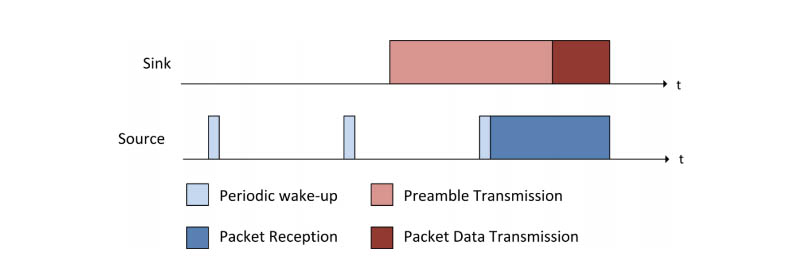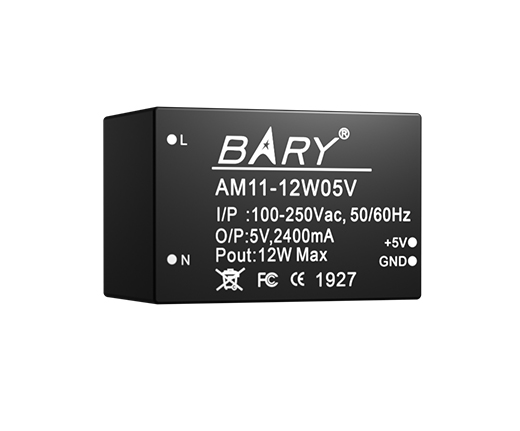

Agriculture is the economic lifeline of a country, and the development of a country is inseparable from the development of agriculture. As one of the major agricultural countries, with the development of agriculture, the proportion of agricultural water use is also increasing. And my country's current agricultural irrigation is mainly based on traditional artificial irrigation. There are three main disadvantages of traditional artificial irrigation:
High labor cost for irrigation.
Manual irrigation is not easy to control the water consumption, and it is easy to cause insufficient or excessive irrigation.
In order to reduce labor costs, rationally use water resources, and improve the environmental quality of crop growth, it is necessary to improve traditional irrigation methods and apply technology to agricultural irrigation. This article briefly introduces the application principle of the wireless wake-up of the wireless serial port module in the irrigation system. As the application of wireless serial port modules becomes more and more widespread, more and more companies add the function of wireless wake-up to their own wireless serial port modules. Chengdu Ebyte Electronic Technology Co., Ltd., most wireless serial port modules have the function of wireless wake-up, such as E32-433T30S, E31-T50S2, E30-T100S2, etc.
As the application of wireless serial port modules becomes more and more widespread, more and more companies add the function of wireless wake-up to their own wireless serial port modules. Chengdu Ebyte Electronic Technology Co., Ltd., most wireless serial port modules have the function of wireless wake-up, such as E32-433T30S, E31-T50S2, E30-T100S2, etc.
Wireless wake-up can also be understood as wake-up in the air (the English name is Wake On Radio). Briefly introduce the principle: the wake-up party adds a long preamble before transmitting valid data; the wake-up party periodically monitors the wireless signal in the air, and once the correct preamble is captured, it enters the state of receiving data, and if nothing is found, it will immediately Go to sleep and wait for the next wake-up monitor. In order to ensure that the awakened party can be woken up normally every time, the time for the awakened party to transmit the preamble should be slightly longer than the time interval for the awakened party to wake up.
Applying wireless wake-up to the agricultural irrigation system, the entire system network is mainly composed of multiple nodes, gateways, host-side servers, and client-side, in order to realize remote operation, grasp the current environmental status of crops, and rationally irrigate. Take the E31-T50S2 of Chengdu Ebyte Electronic Technology Co., Ltd. as an example to introduce. The node is mainly composed of main control equipment, E31-T50S2, various controllers, temperature sensors, soil moisture sensors, liquid level sensors, etc.
The gateway module is mainly composed of the main control chip, the wireless serial port module E31-T50S2 (or similar high-power modules), etc., and also plays the role of forwarding and relaying. The location of the gateway is approximately the same distance from each node location (each greenhouse, etc.). Of course, if it is in a relatively small network, the gateway can also be partially banned.
The host server is mainly composed of main control equipment, wireless serial port module E31-T50S2 (or similar high-power module), computer, system software, etc.
The client uses various terminal devices to connect with the host server through the Internet.
The whole system network is as mentioned above, when the staff needs to know the current state of the crops, they control the wireless serial port module on the host side to send an inquiry command signal to the air. When the gateway receives the correct inquiry command signal, it will send a suitable length of preamble + inquiry command signal to the air. When the node wireless serial port module monitors the correct preamble, it enters the normal working state and receives the inquiry command signal. Then, the integrated response signal of the temperature, soil moisture, liquid level and other information stored by the main control device is transmitted into the air, and after the transmission is completed, it switches to the periodic wake-up monitoring state. When the gateway receives the correct response signal, it forwards the response signal to the host server. The staff can view the status of the current environment of the crops through the terminal software.
When the staff confirms that irrigation is required, the control host sends an operation command signal to the air. When the gateway receives the correct operation command signal, it will send a preamble + operation command signal with a suitable length to the air. When the node wireless serial port module monitors the correct preamble, it enters the normal working state, receives the operation command signal, and transmits the signal through the serial port. After the transmission is completed, it enters the periodic wake-up state. The main control device obtains the signal from the wireless serial port module through the serial port, analyzes and processes it, and controls various equipment to complete the irrigation operation.
At present, the difficulty of this type of system is the low power consumption of the node as a whole. The wireless part of the node has served this purpose very well. With the continuous development of Internet of Things technology and new energy sources, this type of irrigation system will be more perfect.







